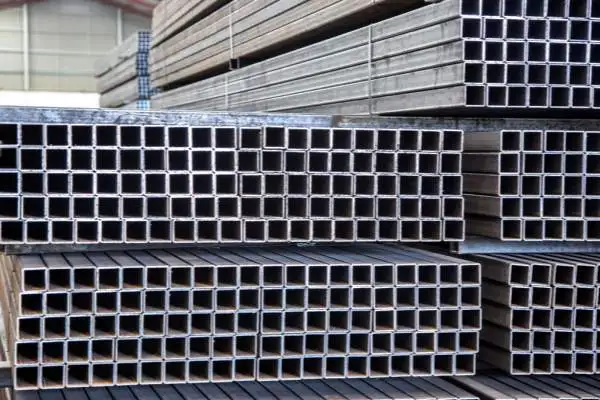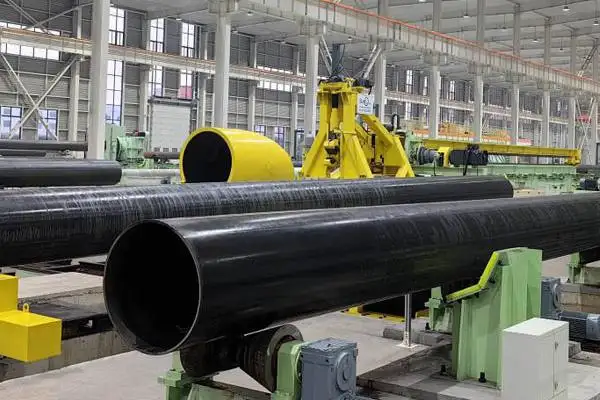In oil exploration and development, the selection of wellbore diameter and casing size plays a vital role in ensuring drilling success and well integrity. As a structural component installed inside the wellbore, the casing must be properly matched to the borehole dimensions to maintain stability, safety, and long-term performance.
Super Steel Manufacturing Co.,Ltd is professional casing pipes manufacturer, for more details, please contact:sales@super-steels.com
Wellbore Diameter and Casing Size: Key Concepts
Casing Size refers to the outer diameter (OD) of the steel pipe inserted into the wellbore, typically measured in inches.
Wellbore Diameter is the size of the hole created by the drilling process and is also measured in inches.
A proper match between the casing size and the wellbore diameter is essential to enable smooth casing installation, reliable cementing, and effective zonal isolation.
Relationship Between Wellbore and Casing Sizes
The casing’s outer diameter must be smaller than the wellbore’s inner diameter to ensure easy insertion and secure placement. A casing that is too large may face installation challenges or risk destabilizing the borehole, while an undersized casing may not provide adequate structural support or isolation.
Typically, the wellbore is drilled slightly larger than the casing to create an annular space between the two. This space is crucial for:
Mud circulation during drilling
Effective cement placement
Cooling and debris removal
Maintaining wellbore integrity
Key Factors Influencing Casing and Wellbore Size Selection
Geological Conditions
Rock stability, formation pressure, and fluid characteristics influence the load-bearing requirements of the casing.
Well Depth
Deeper wells experience greater pressure and temperature, often requiring thicker or larger-diameter casing to withstand the stress.
Drilling Technology
Modern directional drilling, horizontal well techniques, and advanced mud systems may affect casing design.
Cementing Requirements
Adequate annular clearance is essential for uniform cementing, which affects well integrity and zonal isolation.
Completion Method
Whether the well uses open-hole or cased-hole completions influences the casing design.
Operational Conditions
Factors such as fluid temperature, pressure, corrosion potential, and flow rate all impact the choice of casing materials and dimensions.
Typical Size Combinations and Application Scenarios
In practical drilling operations, commonly used casing sizes include:
5.5 inches OD casing → typically matched with a 6-inch wellbore
7 inches OD casing → paired with an 8-inch wellbore
9.625 inches OD casing → used with a 10.5-inch wellbore
These configurations are chosen based on a balance of engineering requirements, drilling depth, formation challenges, and production goals.
Application Examples
Example 1: Offshore Oil and Gas Exploration
In deepwater offshore projects, the drilling environment features extreme pressure and temperature. Casing sizes like 13 3/8 inches OD with thick walls are commonly used to provide sufficient structural strength and safety margins.
Example 2: Municipal Water Well Construction
In a moderately deep water well designed for community supply, a 6-inch OD casing with standard wall thickness may suffice, offering effective protection and water quality maintenance in less demanding conditions.
Example 3: Geothermal Energy Development
For high-temperature geothermal wells, 9 5/8 inches OD casing with enhanced wall thickness is often required to handle thermal stress and support the installation of downhole heat exchange systems.
Importance of Proper Casing and Wellbore Design
Choosing the right casing and wellbore dimensions is critical for:
Minimizing drilling costs and risks
Ensuring cementing effectiveness and well integrity
Supporting long-term safe and efficient production
Before drilling begins, detailed engineering analysis must be conducted to evaluate formation characteristics, operational requirements, and economic constraints. This ensures the selected casing-wellbore combination delivers optimal performance under real-world conditions.



 English
English Español
Español Français
Français بالعربية
بالعربية





















